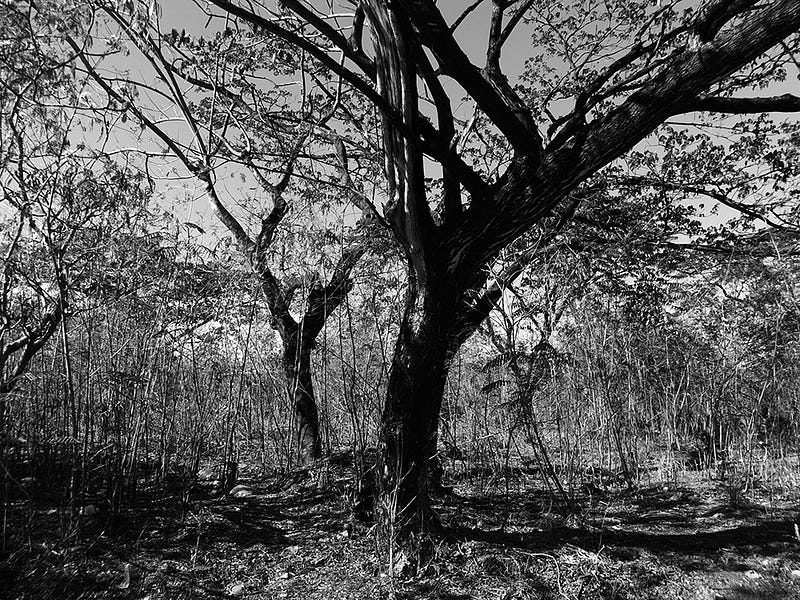A Parallel Planets piece by Unknown
Looking at Daisuke Yokota’s photographs can make you a little crazy. You seem
to be looking at nothing but then it just doesn’t feel right because you know
there should be something – anything –
there. It’s nothing to be ashamed of. His photographs are indeed complicated –
same as the process they undergo to be such.
Daisuke uses a different technique in producing images and this is how he does it: he takes a photo, develops it, takes a photo of it, and develops it again and there you go. It is a process most of us common image snappers do not (or probably will never) understand because WHY? Why indeed?
It would be easy to pass it off as a signature look, making him a standout from the rest of his peers, or as a duty to art, desiring to contribute something experimental to the field. But what Japanese artists have proven again and again with their pieces, their innovativeness go a longer, deeper way.
It would be easy to pass it off as a signature look, making him a standout from the rest of his peers, or as a duty to art, desiring to contribute something experimental to the field. But what Japanese artists have proven again and again with their pieces, their innovativeness go a longer, deeper way.
Daisuke is no exception. As a photographer, as someone who freezes time, feelings and thoughts in an image, he seems to enjoy capturing them raw and naked. He wants his photos saturated, overdeveloped and looking like they have been stripped off all the unnecessary elements to recreate an image, leaving behind the only thing that matters: meaning.
But this bareness, as mentioned, can sometimes be unnerving. Come to think of it, some photos can elicit nightmares, like Fossil, Nocturnes and They and others just plain eerie, such as Backyard and Fog, which make you feel like they are digging into your deepest thoughts. Any longer and it eats away at you. And you know what happens when people are left with their own thoughts, inside their own minds.



























0 comments:
Post a Comment